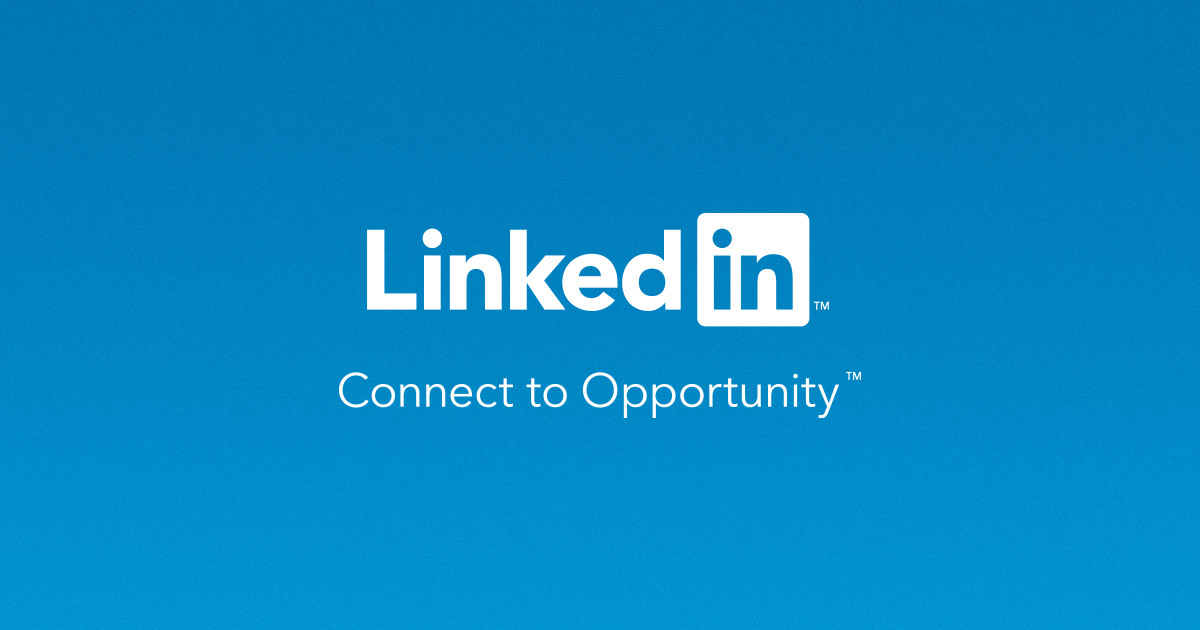
Pursuing a master’s degree abroad is an exciting journey that opens doors to global opportunities. Your LinkedIn profile can be a powerful tool not just for networking, but also for showcasing your academic ambitions, connecting with universities, and building relationships that could shape your study abroad experience. Here’s how to strategically optimize your LinkedIn presence as you prepare for graduate studies overseas.
Craft a Compelling Headline
Your headline is the first thing people see, so make it count. Instead of just listing your current role, incorporate your academic aspirations:
- “Marketing Professional | Aspiring Data Science Graduate Student | Seeking Fall 2026 MS Programs in AI/ML”
- “Software Engineer | Future Computer Science Master’s Candidate | Passionate About Sustainable Tech”
This immediately signals your intentions to admissions committees, professors, and fellow students who might come across your profile.
Tell Your Story in the About Section
Use your “About” section to articulate your journey and motivations. Address:
- Your academic background and professional experience: What foundation are you building upon?
- Why you’re pursuing a master’s degree: What specific problems do you want to solve or fields do you want to explore?
- Your target countries or programs: This helps the right people find you
- What makes you unique: Research interests, cross-cultural experiences, or unique perspectives you’ll bring to a program
Keep it authentic and conversational while maintaining professionalism. This is your chance to humanize your application beyond test scores and transcripts.
Showcase Relevant Experience Strategically
Review your work experience and academic projects through the lens of graduate admissions:
- Highlight research experience: Any undergraduate research, thesis work, or independent projects should be prominently featured with detailed descriptions
- Emphasize relevant skills: Quantify achievements and connect them to your field of study
- Include academic projects: Create entries for significant capstone projects, publications, or presentations
- Add volunteer work: Particularly if it demonstrates leadership, community engagement, or relates to your field
Build Your Education Section Thoughtfully
Don’t just list your degree. Add:
- Relevant coursework: Especially courses that prepare you for graduate-level work
- Academic honors and achievements: Dean’s list, scholarships, academic awards
- GPA: If it strengthens your profile (typically 3.5+)
- Thesis or major projects: Brief descriptions with outcomes
Connect Strategically
Networking is crucial for studying abroad. Start building connections with:
- Current students and alumni from your target programs: They can provide insider perspectives and potentially refer you
- Professors and researchers in your field: Follow their work, engage with their posts, and reach out respectfully
- Admissions officers: Many universities have official LinkedIn pages and staff present on the platform
- International student groups: Join LinkedIn groups focused on studying abroad in your target countries
- Professionals in your field working in your target countries: They can offer insights into local industries and job markets
When sending connection requests, always personalize your message explaining your shared interests or why you’d like to connect.
Demonstrate Engagement and Thought Leadership
Active participation signals genuine interest in your field:
- Share articles related to your field of study with thoughtful commentary
- Write posts about your academic interests, what you’re learning, or industry trends
- Engage with university content: Comment on posts from target universities, especially about research breakthroughs or program updates
- Celebrate milestones: Share when you submit applications, receive acceptances, or attend virtual information sessions
Optimize for Searchability
Make sure the right people can find you:
- Use industry keywords: Include terms specific to your field throughout your profile
- Add relevant skills: List both technical and soft skills relevant to your program
- Include languages: Fluency in multiple languages is valuable for international study
- Update your location settings: Consider adding cities where you’re applying to programs
Leverage LinkedIn’s Features
Take advantage of tools designed for students and job seekers:
- LinkedIn Learning: Complete courses relevant to your field and display certificates on your profile
- Creator mode: Enable this to follow hashtags, be discoverable as a thought leader, and share content more easily
- Open to work: You can set this to “seeking educational opportunities” to signal your status
- Featured section: Pin important projects, publications, presentations, or portfolio work
Request Meaningful Recommendations
Strong recommendations add credibility:
- Request from professors: Especially those who can speak to your research abilities and academic potential
- Ask supervisors: Who can attest to skills relevant to your field of study
- Time it right: Request recommendations when your contributions are fresh in their minds
- Provide context: Send them your resume and information about programs you’re applying to
Keep Your Profile Updated and Professional
Basic but crucial maintenance:
- Professional photo: Invest in a high-quality headshot with good lighting and neutral background
- Complete contact information: Make it easy for people to reach you
- Custom URL: Claim a clean LinkedIn URL (linkedin.com/in/yourname)
- Regular updates: Post every few weeks to stay visible in your network’s feed
- Grammar and spelling: Proofread everything multiple times
Research and Prepare
Use LinkedIn as a research tool:
- Follow target universities: Stay updated on deadlines, events, and news
- Analyze alumni paths: See where graduates from your target programs ended up working
- Identify potential supervisors: For research-based programs, find professors whose work aligns with your interests
- Understand program culture: Read posts and articles from current students to gauge fit
Create a Timeline
As you prepare for applications:
- 6-12 months before applying: Optimize your profile, start building connections
- During application season: Share your journey (appropriately), engage with university content
- After acceptance: Connect with admitted students, join program-specific groups
- Before departure: Network with local professionals and alumni in your destination country
Final Thoughts
Your LinkedIn profile is more than a digital resume—it’s a dynamic platform for building your academic and professional identity. For master’s program applicants, it serves as a bridge between your current achievements and future aspirations, while opening doors to connections that can transform your study abroad experience.
Start optimizing today, stay consistent with your engagement, and remember that authenticity matters more than perfection. The relationships you build and the knowledge you share on LinkedIn can become invaluable assets throughout your graduate journey and beyond.
Your future program might be just one connection away. Ensure your profile is ready when the opportunity arises.
At Sky Dream International, we help students leverage the use of LinkedIn.
Call: 91-7039291910 | Email: jay@skydream.co.in | www.skydream.co.in


